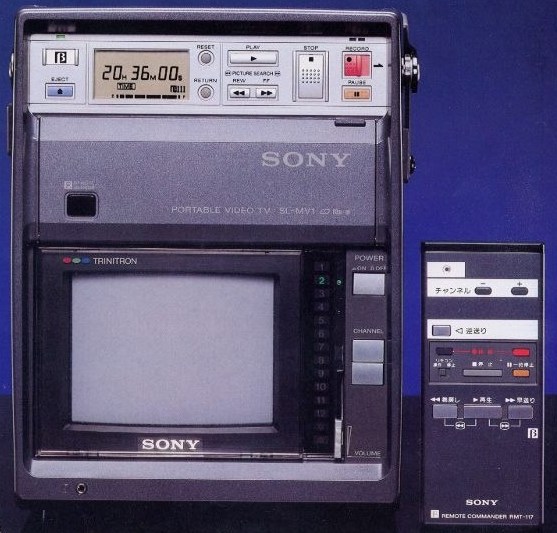
"Sony...introduced its Betamax video tape recorder to the U.S. consumer market in early 1976." (Image by Franny Wentzel.)
For more than three decades, Hollywood has been fighting a losing battle with technology, trying to pause time in an era when there was less competition, when making boatloads of cash required little ingenuity. From the movie establishment’s landmark case in futility, in which it fought to make home video recorders illegal:
“Universal City Studios, Inc. et al. v. Sony Corporation of America Inc. et al., commonly known as the Betamax case, was the first concerted legal response of the American film industry to the home video revolution. After nearly a decade of announcements and false starts by one American company or another, Sony, the Japanese electronics manufacturing giant, introduced its Betamax video tape recorder to the U.S. consumer market in early 1976 at an affordable price. In its marketing strategy Sony promoted the machine’s ability to ‘time shift’ programming–that is, to record a television program off the air even while watching another show on a different channel.
The plaintiffs, Universal and Walt Disney Productions on behalf of the Hollywood majors, charged that the ability of the Betamax to copy programming off air was an infringement of copyright and sought to halt the sale of the machines. The studios were ostensibly trying to protect film and television producers from the economic consequences of unauthorized mass duplication and distribution. However, Universal might have also wanted to prevent Betamax from capturing a significant segment of the fledgling home video market before its parent company, MCA, could introduce its DiscoVision laserdisc system, which was to scheduled for test marketing in the fall of 1977.”
••••••••••
Time shifting with Sony Betamax, 1977:
